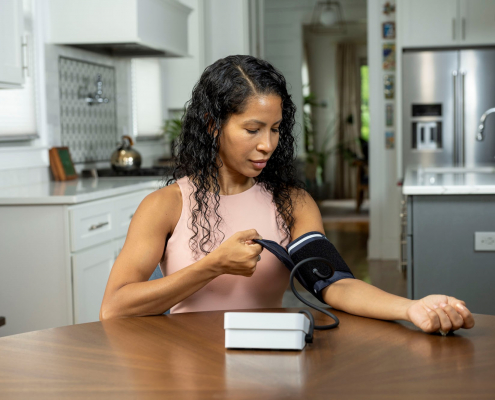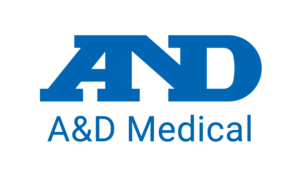Your RPM Program Is Only as Good As the Data
Part II: Ensuring patients use the appropriate technique to measure blood pressure.
Remote Patient Monitoring (RPM) is transforming chronic care, especially for hypertension. The first step for accuracy is incorporating devices on the Validated Device List (see Part I of our blog), but that isn’t the whole story. Accurate readings depend on patient technique, consistency, and education. To ensure reliable data, RPM programs must go beyond device deployment—they must empower patients with the right habits.
The Education Imperative
Many patients unknowingly take readings under poor conditions—after activity, while stressed, or with incorrect posture. These errors can lead to inaccurate data and misinformed clinical decisions
Best Practices for Patients
Before Measurement
- Empty Bladder: Use the restroom
- Abstain: From eating or drinking 30 minutes
- Rest: Sit quietly for 5 minutes
During Measurement
- Correct posture: Sit upright, feet flat, back supported, arm at heart level.
- Avoid distractions: No talking or multitasking.
- Consistent timing: Measure at the same time daily.
- Take multiple readings: 2–3 readings, one minute apart
Framework for Educating and Reminding Patients
Healthcare and RPM companies can use the following framework to ensure patients consistently follow best practices:
1. Onboarding Education
- Provide printed and digital guides during device setup.
- Include short instructional videos or animations.
- Offer live or virtual walkthroughs for first-time users.
2. Ongoing Reminders
- Use app notifications or SMS to prompt daily readings.
- Include reminders for proper technique and timing.
- Send weekly tips or “Did You Know?” messages to reinforce habits.
3. Visual Aids
- Share infographics showing correct posture and setup.
- Include QR codes on devices linking to video tutorials.
4. Feedback Loops
- Allow patients to view trends and receive feedback on data quality.
- Flag inconsistent readings and prompt re-measurement.
Bottom Line
RPM success depends not just on technology, but on patient behavior. By building education and reminders into the RPM experience, healthcare organizations can ensure more accurate data—and better outcomes.



